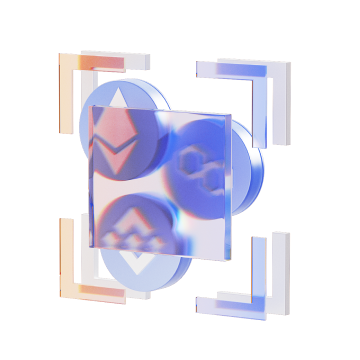Ethereum (ETH)Liquid Staking.
Powered by Ankr's staking infrastructure
Take both, Ethereum (ETH) staking rewards and DeFi gain – enabled by Ankr Liquid Staking.
55,844 ETH
Staked with Ankr
4976
Stakers
4.02%
Ankr ETH APY
Ethereum Liquid Staking Calculator
Why Ankr Ethereum Liquid Staking
Unlock staked
liquidity
Stake Ethereum (ETH) for rewards and still have access to your assets with a liquid staking token from ANKR.

Keep calm,
and DeFi on
Don’t miss any Ethereum (ETH) DeFi chances. You can still trade, farm, provide, vault, and so on to maximize profit.

Complete freedom
of action
Liquid staking tokens can be transferred, sold or gifted with rights for original ETH and rewards.

Earn across
networks
Explore more DeFi opportunities on other chains by bridging liquid staking tokens.

Income
without hassle
No need to run your own node or find a reliable validator - all hard work is done by Ankr.

What can I do with my staked Ethereum (ETH)?
- 1
Click “Stake Now” and reach Ethereum (ETH) staking flow.
- 2
Enter the amount of Ethereum (ETH) you want to stake and get ankrETH liquid staking tokens.
Liquid staking tokens represent your staked assets and deliver your accumulated rewards.

ankrETH
Reward-bearing token with rewards built in.
Redemption ratio grows daily, but quantity never changes.
Current redemption ratio is 1 ankrETH = 1.1 Ethereum (ETH) - 3





 Confirm the transaction and Voila, you just became a staker.
Confirm the transaction and Voila, you just became a staker.You can check your staking exposure and earned rewards on the Dashboard
What can I do with my staked Ethereum (ETH)?
Hold ankrETH in your wallet and watch the staking rewards accumulate on your Dashboard.

Send or trade your tokens with any Ethereum address to pass on staking rewards to the new recipient.

Use liquid staking tokens to earn more on other DeFi protocols with strategies like yield farming and vaults, etc.

Unstake on Ankr and get your original ETH back with accumulated rewards once Ethereum 2.0 is released.

ANKR Ethereum (ETH) liquid staking DeFI integrations.
Farming

Liquidity Pool
Vault

Liquidity Pool, Farming
Liquidity Pool

Liquidity Pool
Vault

Liquidity Pool
Liquidity Pool
Farming

V3 Liquidity Pool





